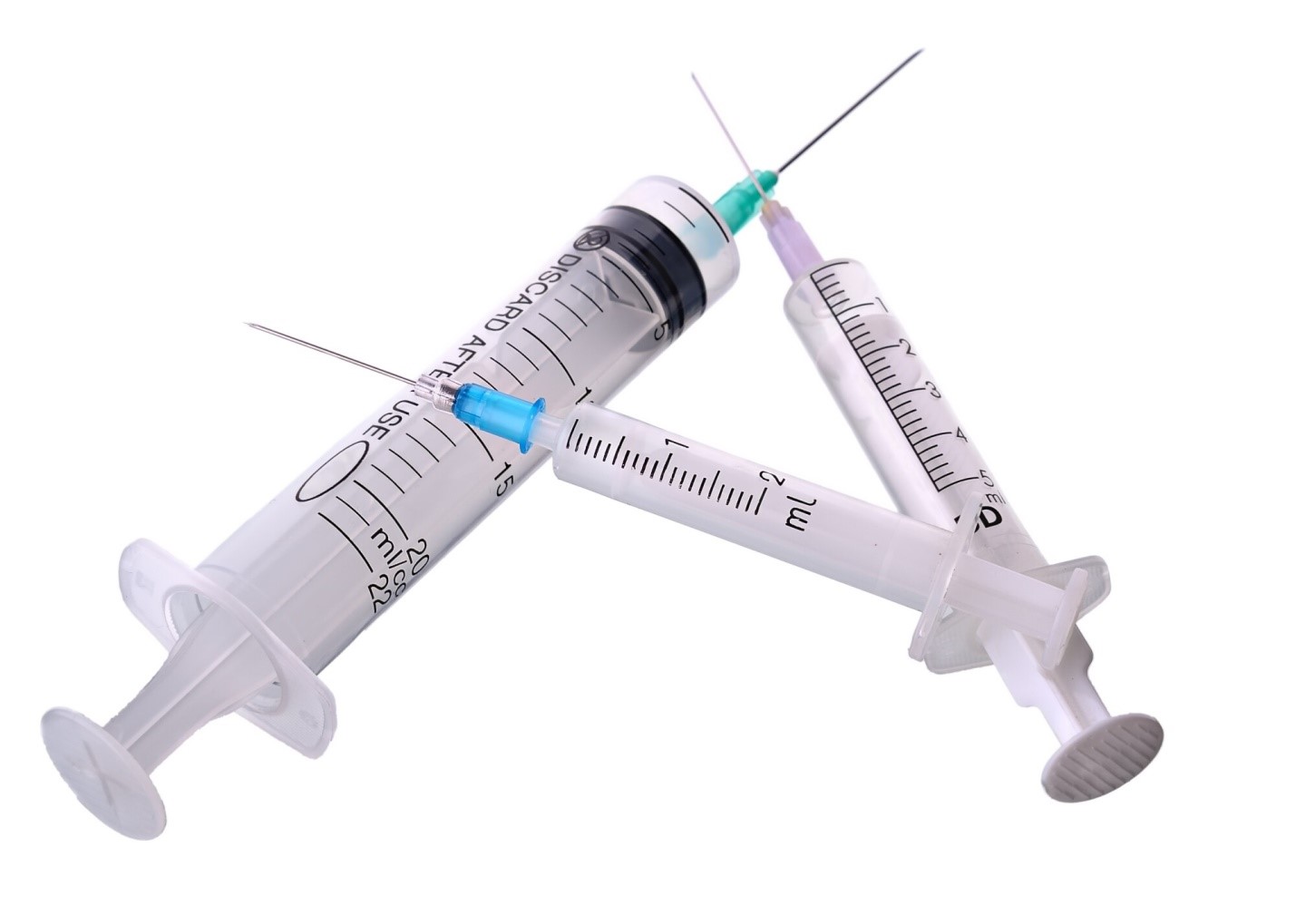Understanding the Different Types of Hypodermic Needles
Hypodermic needles may seem scary at first. And, of course, no one really enjoys getting a shot. But the truth is that they’ve become a crucial tool in the healthcare industry.
When the right needles are used, they’re adept at providing pain-free injections to patients of all ages. They are used to give many medications and injections, so they are essential to understand.
If you’re wondering about the different types of needles and how they’re used, you’re in the right place. In this article, we’ll discuss the various types of hypodermic needles and their unique purposes. So, let’s dive in!
Standard Hypodermic Needles
These are the most commonly used type of needle and come in various needle sizes depending on their gauge (diameter) and length. They’re typically used for administering injections under the skin or into muscles.
Safety Hypodermic Needles
These needles have extra safety features, like a needle that can be pulled back or a shield for safety. They help to reduce the risk of accidental needlestick injuries. This makes them ideal for healthcare professionals who administer frequent injections.
Using this kind of needle requires proper training and bloodborne pathogens certification, as the safety feature can only be activated after use.
Insulin Needles
These are designed for administering insulin injections to diabetic patients. They’re shorter and thinner than standard needles. This makes them more comfortable for regular use. Usually, insulin needles are prefilled with insulin and are disposable after a single use.
Winged Infusion Sets (Butterfly Needles)
These are specialized needles with small plastic wings on the hub. This allows for better control and stability during insertion. They’re often used for drawing blood samples or administering IV medications.
Intravenous (IV) Catheters
The needles are longer and more flexible. They can be put in veins to give fluids or medicine directly to the bloodstream.
Epidural Needles
These long, thin needles are used to inject medication into the epidural space of the spine. This type of injection is commonly used during childbirth or for pain management in patients with chronic conditions.
Choosing the Right Needle
When choosing the right hypodermic needle, several factors need to be considered. These include:
Gauge Size
The gauge of a needle refers to its diameter. Lower gauge numbers mean a thicker needle, while higher gauges indicate thinner needles.
Needle Length
The length of the needle is also an important consideration. Longer needles are used for intramuscular injections, while shorter ones are suitable for subcutaneous injections.
Type of Medication
Different types of medication require different needle sizes and lengths. For example, some medications need to be injected into muscle tissue, while others are more suitable for subcutaneous injections.
Patient Needs
The age, weight, and medical condition of the patient can also determine the type of needle that is most appropriate. This is especially important for pediatric patients, who may need smaller needles.
Exploring The Various Types of Hypodermic Needles
Understanding the different types of hypodermic needles is crucial for safe and effective medical procedures. From the size and length to the shape and design, each type serves a specific purpose and must be used correctly.
Whether you are a medical professional or a patient, it is essential to explore the various types and their uses. This ensures the proper and safe use of these essential medical tools. So, stay informed and stay healthy.
Looking for more guides and tips? Search through more of our blog posts to find what you need!





